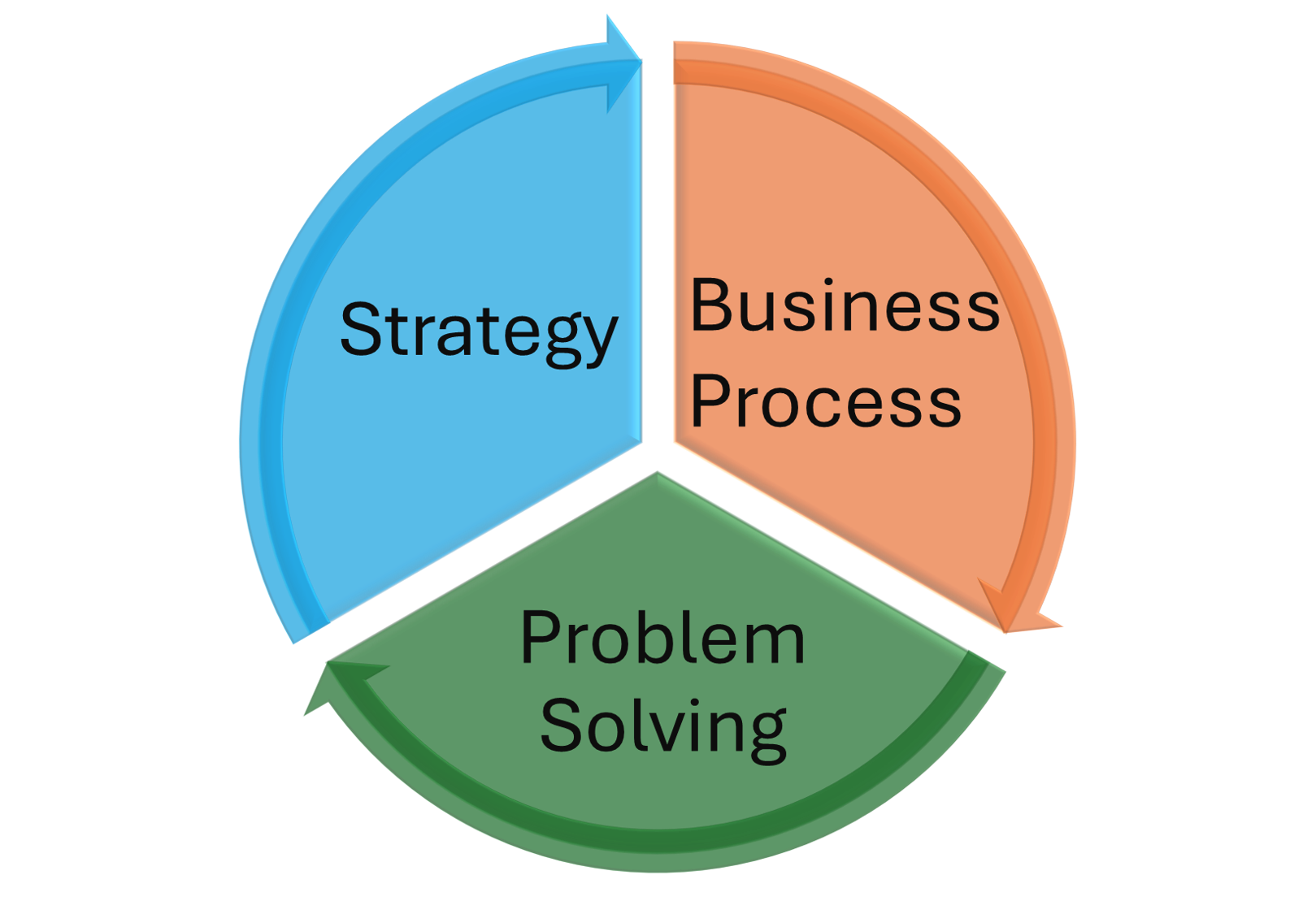Case Study 4.1
Business KPI, Balanced Scorecard development and deployment with management review
PROBLEM
As with many companies, there was no lack of KPI’s across the organisation, however, the most vital strategically important KPI’s were not clearly defined. There was also no specific dashboard for the critical KPI’s to monitor progress. Financial metrics were the only focus (Lagging Indicators). There were few process metrics (Leading Indicators).
The strategic direction in terms of „what“ had to be achieved was clear i.e. the Objectives and Key Results (OKR), but less clear was the „how“ to achieve these objectives by tracking progress of certain key Performance indicators (KPI) at the process level.
A global formal functional reporting was not specified, aligned or standardized.
TASKS and ACTIONS
The initial task was to get alignment across the Executive management team on their progress reports and the strategic KPI’s for normal operational business. A shared vision for performance reporting was missing at the executive level.
Secondly, the executive management had to review the major key result areas and targets according to the Strategic Plan and Annual Budget to ensure the right KPI’s were targeted, tracked and made visible.
This alignment of KPI’s and targets for the coming years was an essential part of the 3-level policy deployment throughout the regions.
The critical success factor to choosing the critical KPI’s was the complete alignment of the functional executives to the strategic goals.
RESULTS
For senior management, a Balanced Scorecard was developed with ~15 KPI’s for tracking and reporting per function. This was a mix of Leading and Lagging indicators.
Additionally, a standard Monthly report was generated for Operations (Quality, Logistics, Manufacturing Engineering, Production), Product development and IT.
Targets were set and agreed for key KPI’s for each location and for each function. These targets were an important part of the policy deployment plans and personal objective setting.
The source of data was improved by using POWERBI extracts from SAP.
The quality of the assumptions made in the financial budgeting process improved. The KPI targets were more realistic and more relevant strategically.

